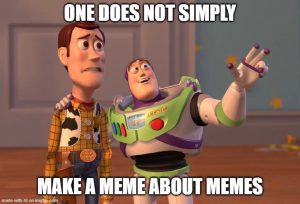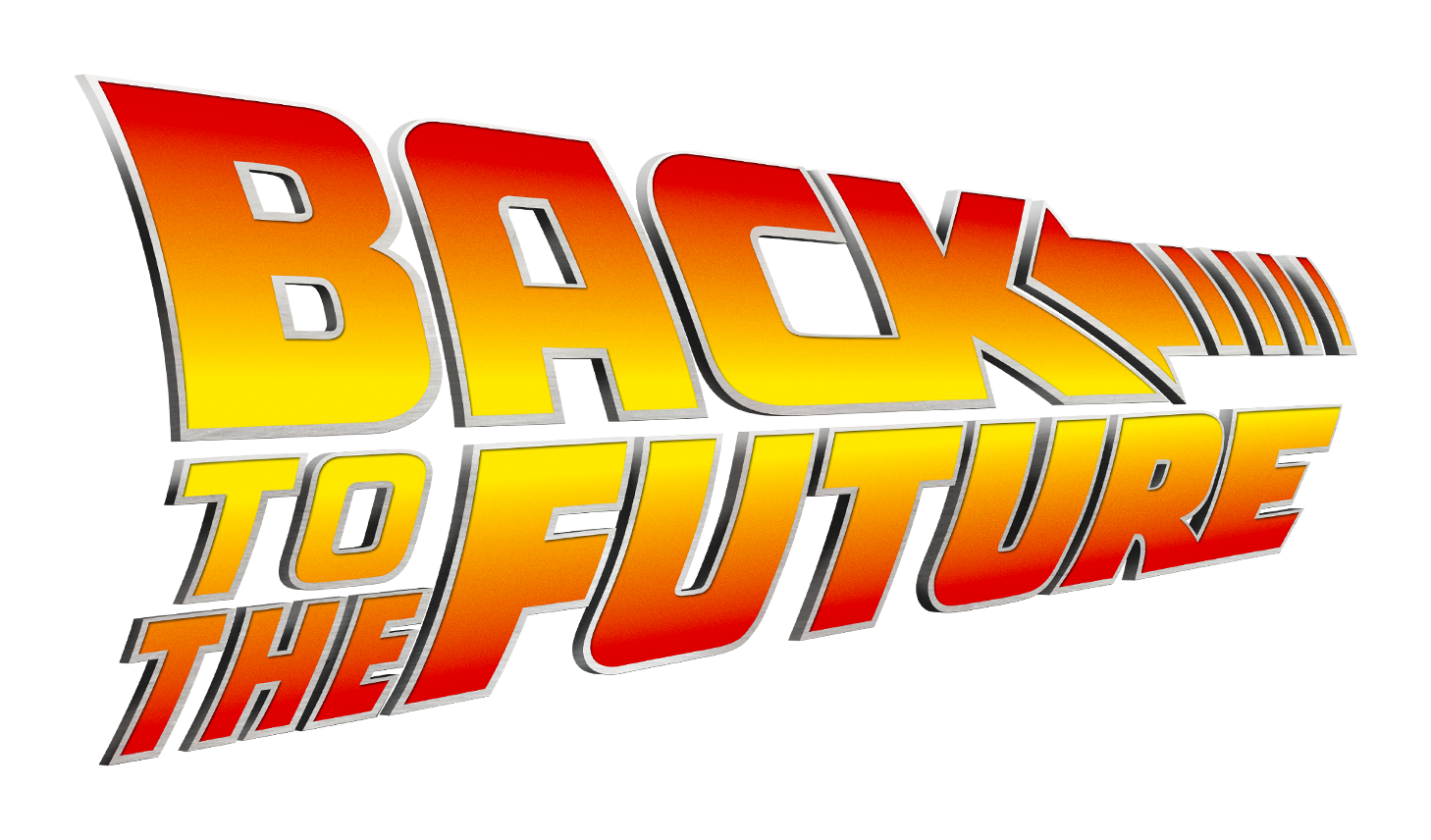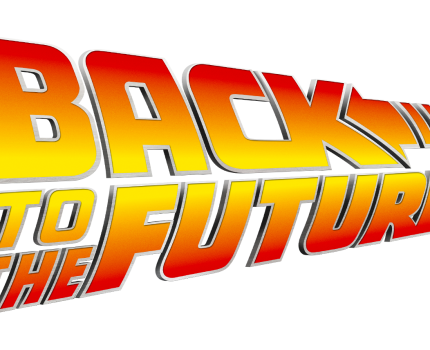This is my final post (for a while anyway). I’d like to thank my blog co-creators, Kate, Mercy and Lauren for being wonderful partners in crime. Creating a blog around digital activism has opened countless avenues of enquiry for future research and taught me a lot about the blogging practice. And thank YOU, our audience, for engaging with our discussions and providing fantastic commentary.
In this blog post (be warned impatient readers, this is lengthier and more academic in style) I will be focusing on some of the topics I touched upon in my first two posts. I’ll be returning to the question of how powerful digital activism can be in development; exploring celebrity activism and asking, “Who has the right to representation?” and finally revisiting internet memes in the context of media framing. So, what are we waiting for? Let’s dive in …
Part I – Digital activism: Development’s new right hand?
In my first blog post, I took a brief nosedive into the strength of digital activism in development and reflected on my participation in a FridaysForFuture (FFF) protest in my hometown of Gothenburg, Sweden. I raised an important, yet difficult to answer, question: “how effective is digital activism in creating “real” change?” According to the young activists on the ground at the FFF protest, their digital presence was just one part of the “solution”. They were quick to acknowledge the importance of being onsite to show support and apply political pressure. Zeynep Tufekci (2017) has written extensively around digital activism, and although an advocate for technology’s role in development, she too questions its effectiveness as a stand-alone tool,
“The ability to use digital tools to rapidly amass large numbers of protesters with a common goal empowers movements. Once this large group is formed, however, it struggles because it has sidestepped some of the traditional tasks of organizing.” (Zeynep Tufekci, 23: 2017)
On the contrary, for Hall and Ireland (2016), it’s the speed at which these organizations can form, in what Tufekci terms the “networked era”, which gives these organization’s the upper hand. Unlike Tufekci’s who seems concerned that these quickly formed organizations “sidestep traditional tasks”, Hall and Ireland argue that this rapidity means organizations “usually don’t have complicated internal sign-off systems, bureaucracies, and institutional stakeholders—all of which tend to slow down traditional NGOs” (Hall & Ireland, 2016)
Can the old learn from the new?
If we accept Hall and Ireland’s argument that digital media is facilitating new organizations to help them grow, learn, and adapt at much faster rates, then how are more well-established organizations responding in the development industry? Are they looking at the “success” of these groups and rethinking how and what they do to engage people in their cause? In their analysis on the impact digital media has had on the organizational dynamics of protest groups, Bennet and Segerberg (2012) distinguish between what they call “collective and connective action”. The latter is used to refer to the “high levels of organizational resources and the formation of collective identities” and the former as a way to describe how digital media gives rise to more “personalized content shar{ed} across media networks”. Reflecting on the FFF protest, it’s easy to see how this type of distinction can be applied: there were clear organisational methods used to “collectively” form identities but at the same time activist’s online activity was an example of how people were “personalizing” their content to create “connective action”.
Celebrity activism: Who has the right to representation?
In my first blog post, I talked about the footballer Marcus Rashford and how he used his celebrity status to demand a meal a day to all school pupils in need in the UK. Rashford, having grown up in a deprived area of Manchester in the UK, arguably had a personal connection to what he was protesting about. But what about the celebrities that are clearly “far removed” from the cause they are protesting about? Do they have the right to represent?
Susan Hopkins (2018) in her case study on commercial representations of popular female celebrities, including Nicole Kidman and Angelina Jolie, dissects framing devices to reveal the tensions that lie beneath, what she calls “textual constructions of celebrity humanitarianism”. She argues that these supposedly feminist celebrity activists’ may “inadvertently contradict the cause of global gender equality”; after all, how can women who have profited extensively from working in a male-dominated and highly sexualised industry (such as the film industry) have the “right” to act as global gender equality ambassadors? Hopkins notes,
“celebrity ‘fail’ reveals the hypocrisy and shallowness of those celebrity activists, who make moral claims for female equality and freedom, while at the same time profiting as a symbol of material success and ideal femininity within an inherently unequal and exploitative system.” (Hopkins, 34: 2018)
But what about the “reach”, I hear you cry! Surely the power of celebrity culture can shine a light on pressing issues in ways that the “ordinary” protestor can never match? According to Tia C.M. Tyree (2020), professor and interim Associate Dean of Howard University’s Cathy Hughes School of Communications, social media activism can have a “major impact”—if it’s done right. In September 2020, Time magazine released an internet article entitled Can Celebrity Activism Campaigns on social media Make a Difference? Here’s What an Expert Thinks, in which it highlighted how several celebrities, ranging from Kim Kardashian West to Maffalo “froze” their Instagram accounts for 24 hours to protest hate speech and misinformation being spread on Facebook. Tyree, who was approached to comment for the article, makes a valid point on celebrities’ “reach”,
“Whether it’s Black Lives Matter or the #MeToo movement, people are taking to social media to voice their opinions and call attention to some of the issues that have been problematic in U.S. society in past years and now. They’re able to get exposure in a different light because social media is so prevalent and pervasive in today’s world.” (Tyree, 2020)
The Time article concludes with Tyree suggesting that even though celebrities can be instrumental in exposing development issues on social media platforms, there have to be online and offline goals as well that form a bigger campaign to push for change. This indecently brings me back to Marcus Rashford’s campaign. Rashford has now moved beyond his social media campaigning and after numerous talks with the UK Prime Minister the UK government turned around its initial decision and freed up millions of pounds in funding for children across the UK.

Memes, media framing and interpretation
In my second blog post, I took a brief look at internet memes. I questioned how effective they were in digital activism and touched upon how powerful, and potentially dangerous, they could be as a communication tool when appropriated in different cultures. I’d like to return to memes again here and discuss them concerning media framing and its effect on interpretation.
Let’s revisit the idea of media framing first, because, according to Ross and Rivers (2016) “frame theory provides a means to observe and analyse how, on the one hand, the media present news to the public and, on the other hand, how it is received and interpreted” (Ross and River, 25: 2016). In practical terms, when the consumer reads or views news as presented by the media, the viewer’s subjective interpretation is in some way “tampered” with. What’s being communicated is presented in a way that has the potential to influence how it is understood. What’s interesting to note here is that memes, which are easily generated and framed by online users, differ from the traditional media framing that takes place in larger media organisations. Memes can be framed multiple times by individuals across the World Wide Web whereas one might suggest that traditional media organisations with top-down structures and potentially biased owners/influencers are responsible for their form of media framing.
But what’s the danger with memes and user-generated framing?
Because a meme can be so easily tweaked and re-released into the digital sphere, the original messaging can sometimes be turned on its head. Ross and Rivers have looked at this process in-depth and in particular, have focused on memes that represent a “sceptical logic” in relation to climate change messaging. They looked at popular climate change memes that were used to address climate change and then compared them to memes that used the same template but with “tweaked” text that suggested that climate change was nothing new.
Talking about the dangers of memes, in their analysis on the use of memes posted by the officially classified right-wing movement (although they claim to be neither right nor left-leaning), the German Identitarian Movement, Guenther, Ruhrmann, Bischoff, Penzel and Weber (2020) take a close look at the movement’s claim that their messaging was socially acceptable. What they discovered was a form of media framing that “clearly represented characteristics of the New Right”.
Personal reflections on the blogging exercise
Blogging’s fun. It’s also a stimulating way to explore ideas, exercise creativity, and express yourself. But it demands time and discipline. I enjoyed creating content for my posts but found it challenging to combine my own opinion with scholarly discussions around my chosen topics. I aimed to have a “healthy” blend of images and text for easy readability, and I made it a priority to add hyperlinks as much as possible.
Applying SEO and utilising social media channels to draw in the audience, was an added challenge. When it came down to the creation process, I rarely found myself re-working original headings/subheadings etc., to align with SEO practices. I assume I would have paid more attention to this if I knew the blog had some longevity. In general, I strived for my post to get a conversation started with a blend of academic references, online findings, and my own opinions.
I’ve learnt a lot about the importance of design and collaboration and how social media can be used effectively to target audiences and how group dynamics can positively and negatively affect content output. A blog can become a compelling platform for social change, and I think this exercise has been a timely reminder of the power blogging for C4D.
Bibliography:
Bennet and Segerberg (2012), The logic of connective action, https://doi.org/10.1080/1369118X.2012.670661
Guenther, Ruhrmann, Bischoff, Penzel and Weber, 2020: Strategic Framing and Social Media Engagement: Analyzing Memes Posted by the German Identitarian Movement on Facebook, https://journals.sagepub.com/doi/10.1177/2056305119898777
Hall and Ireland (2016) https://ssir.org/articles/entry/transforming_activism_digital_era_advocacy_organizations#
Hopkins, S. 2018: UN celebrity ‘It’ girls as public relationsised humanitarianism International Communication Gazette 80:3, 273-292.
Marcus Rashford, 2021: https://www.theguardian.com/football/2021/jan/17/marcus-rashford-the-making-of-a-food-superhero-child-hunger-free-school-meals
Ross and Rivers Andrew S. Ross, 2016: https://orcid.org/0000-0001-7005-9962
Tia C.M. Tyree, 2020: https://time.com/5889742/celebrity-instagram-boycott/,
Tufekci, Z. 2017: Twiter and Tear Gas- The Power and Fragility of Networked Protest New Haven, CT: Yale University Press.

